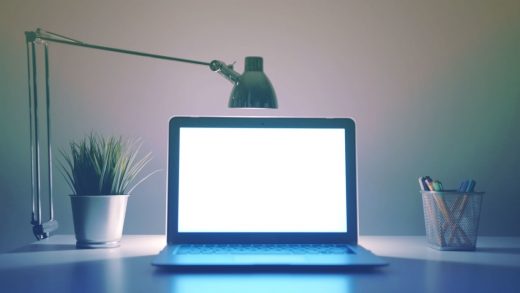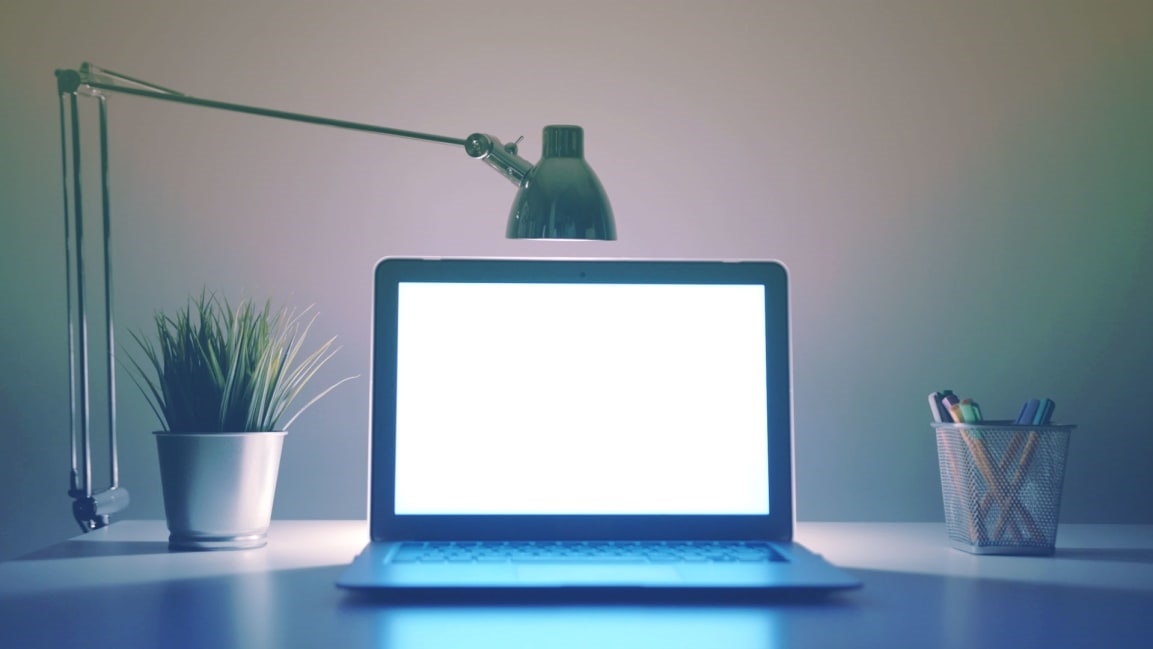What happened when I did a 30-day digital declutter
It’s not hard to find a distraction if you want one. If I’m procrastinating, my go-tos are email, Facebook, and YouTube cleaning videos (yes, they’re a real thing, and they’re surprisingly satisfying to watch). And then there’s my phone
When I saw my first Screen Time report, I learned that I pick up my phone every 37 minutes. This was eye-opening. Some of the reasons were valid, such as phone calls for work and texts from my family. But the majority of my time was spent on tasks that were simply out of boredom, like Free Cell and Facebook.
When Georgetown University associate professor Cal Newport’s new book, Digital Minimalism: Choosing a Focused Life in a Noisy World came across my desk, I decided I needed to do a digital declutter. Following the success of his book Deep Work: Rules for Focused Success in a Distracted World, Newport explores the unintentional consequences that technology has had in our personal lives.
“It used to be a joke about being addicted to screens, but now that joke has turned a corner and feels uneasy,” says Newport. “Companies have gotten too good at grabbing and keeping our attention, but we lay the seeds of our own destruction.”
People are looking at screens more than they want to, and they’re losing autonomy, says Newport. The result is less time for the things that are really important and a lower quality of life.
How to declutter
Tech users often fall into one of two groups, says Newport: Those who are convinced they don’t have a problem, get their Screen Time report and get concerned (like me); and those who don’t know the hard numbers but have a strong sense that the answer is more than they want it to be.
To get control, he recommends doing a digital declutter, wiping your tech slate clean of optional technologies for 30 days and starting over. Newport defines optional technologies as apps, websites, and related digital tools delivered through a screen that are meant to entertain, inform, or connect you. Reddit, Instagram, and text messages are examples. You might also consider video games and Netflix in this category.
“Consider the technology optional unless its temporary removal would harm or significantly disrupt the daily operation of your professional or personal life,” writes Newport.
If the thought of going cold turkey on these items is too frightening, warm up by removing apps from your phone where a company makes money when you tap on it. “That will get you comfortable with your compulsive use,” says Newport. “You need to be comfortable being alone with your thoughts.”
Improve your chance of a meaningful declutter by rediscovering higher-quality activities in the analog real world, such as hobbies, reading, or socializing in person with friends.
“Put them back in your life before you aggressively take out digital distraction,” says Newport. “If you don’t, it can be daunting to not allow yourself to be on social media if you don’t know what to do instead. If you work on what you want to do first, you’ll find the declutter easier.”
After the 30 days is over, add back the tech that adds value.
My declutter
I made my list of optional technologies: Facebook, YouTube, and Free Cell. I limited my use of email to checking it every two hours. I’m not a big Instagram or Twitter user, so I didn’t worry about those. Texting is how I communicate with my boys who are away at college. Since I didn’t want to disrupt this, I didn’t ban it.
The first two weeks will be the hardest, Newport cautions, and this was definitely true for me. I took Facebook off my phone, and was surprised at how often I felt an impulse to reach for it while doing another activity, like watching a movie or waiting in line at a store. I used my spare time to read, tackle house projects I couldn’t find time to do before, and be more proactive about getting together with friends.
When the 30 days were over, I chose to not put Facebook back on my phone. I discovered, however, that it did hold value for me. I subscribe to groups that often share job leads for freelancers. I access Facebook on my laptop, but I removed temptation by unfollowing all of my friends so that only the posts from my professional groups show up in my feed. If I want to check in with a friend, I can simply visit their page . . . or better yet, call them.
While writing the book, Newport invited people on his email list to go on a declutter, and 1,600 volunteered. He estimates that 50% who did the declutter left social media afterwards, and 98% took it off their phone and left it off. During the declutter, I realized that looking at Facebook is like eating empty calories, and you can never get enough of the stuff you don’t need.
Our brains are set up for the real world, explains Newport. “When you hit the ‘like’ button or say ‘Happy Birthday,’ the prefrontal cortex thinks you’ve been social, but the rest of the brain was not engaged and knows you haven’t talked to anyone,” he says. “We all have a drive to be social, and social media doesn’t satisfy the drive.”
Newport’s declutter is similar to the advice Marie Kondo gives in her book The Life-Changing Magic of Tidying Up regarding physical items: “Marie Kondo doesn’t just look through your closet and choose items, she empties the whole thing and starts from scratch,” says Newport. “[With your digital declutter,] it’s not enough to tweak notifications. I’m convinced that to succeed with digital minimalism you have to do the step of starting over and rebuilding. Take everything off your phone or desktop, take a break, and then ask yourself, ‘What do I want on here?’ The best way to use tech is to use it to support things you care about, whatever that may be.”
(18)



